June 17, 2015
Neocon workplace design show announces this year’s award winning products
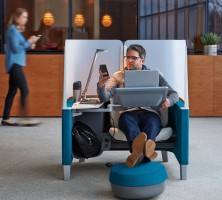 Today is the final day of the vast Neocon workplace design
Today is the final day of the vast Neocon workplace design
convention in Chicago. It is one of the world’s last remaining bastions of the supposedly dying art of the exhibition, in which tens of thousands of like-minded people from around the world descend on a city to live on alcohol, nibbles and hot fluorescent light in between discussing the products and ideas that hold their careers together. From the outside of any sector, this all looks like a collective madness, but from the inside things look very different. For some reason, the first day is the day on which those products which are judged to be Neocon’s best are presented their accolades. So even before our review of the show (coming soon), here are its award winning products including gongs for familiar names such as Boss, Humanscale, BuzziSpace, KI and Steelcase.





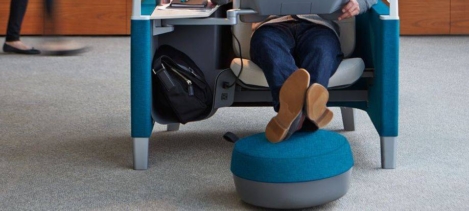





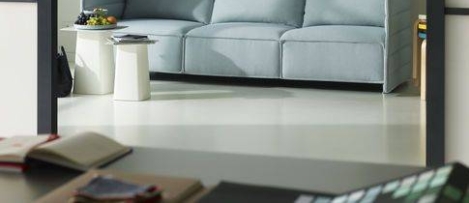



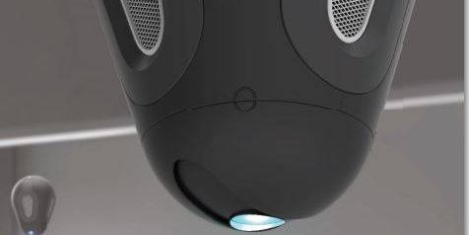


 TechNorth, the Manchester based technology hothouse devised as a regional counterbalance to London, is held in higher regard than the capital’s flagship TechCity development, according to research from recruitment firm Robert Half. The study of IT decision makers across the UK claims that the vast majority would prioritise working with Northern firms over their London counterparts, with 87 percent either ‘highly likely’ or ‘somewhat likely’ to place work with IT businesses in the TechNorth hub rather than those in TechCity London given the choice. The figure is 100 percent for IT leaders based in the North and to 95 percent for those in Scotland. More surprisingly, 80 percent of those based London and the South East said they would prioritise TechNorth, as did 75 percent in the South West and Wales.
TechNorth, the Manchester based technology hothouse devised as a regional counterbalance to London, is held in higher regard than the capital’s flagship TechCity development, according to research from recruitment firm Robert Half. The study of IT decision makers across the UK claims that the vast majority would prioritise working with Northern firms over their London counterparts, with 87 percent either ‘highly likely’ or ‘somewhat likely’ to place work with IT businesses in the TechNorth hub rather than those in TechCity London given the choice. The figure is 100 percent for IT leaders based in the North and to 95 percent for those in Scotland. More surprisingly, 80 percent of those based London and the South East said they would prioritise TechNorth, as did 75 percent in the South West and Wales.


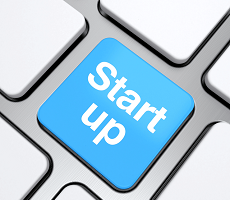
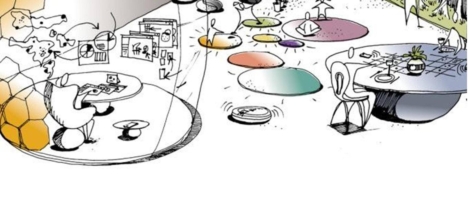
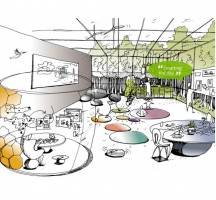








June 2, 2015
The bonds that link work with place are loosening day by day
by Paull Robathan • Comment, Flexible working, Technology, Work&Place
(more…)